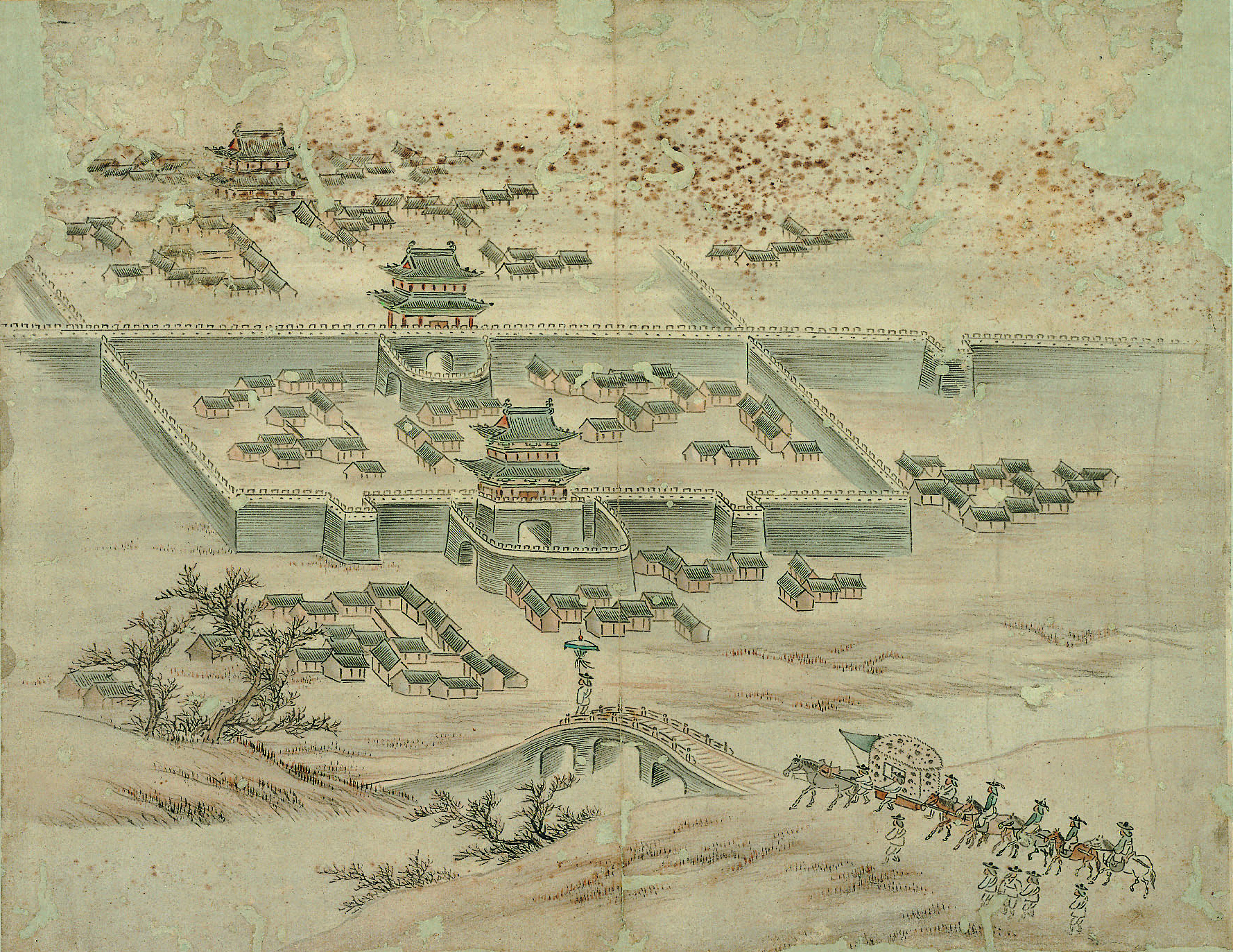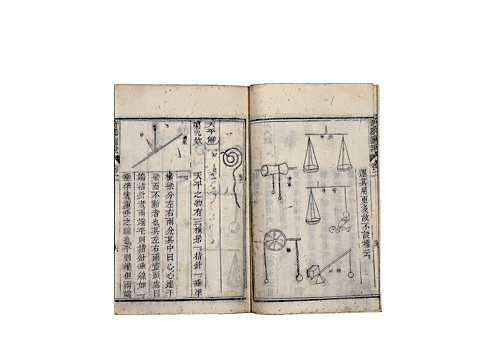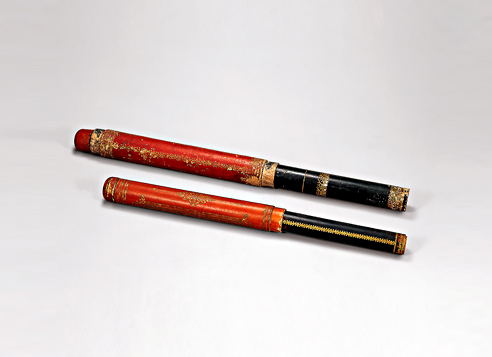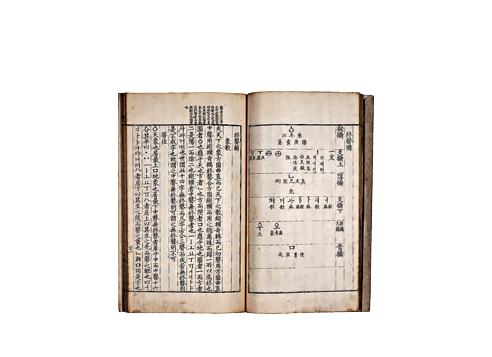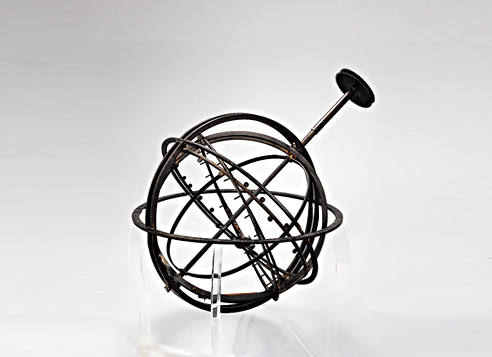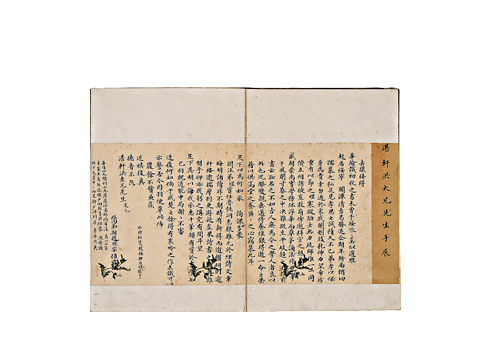The Modernization and the National Movement Room houses Silhak (Practical Learning) literature (the germination of modern thought during the late Joseon Dynasty), as well as Western astronomy and geographical literature, world maps from China, and Korean maps, giving a glance at the changes that occurred in the prevailing Joseon world view. Other items on display shed light on the Korean people’s national movement that emerged in response to foreign aggression in the late 19th century.
Permanent Exhibition
-
- Exhibition
- Permanent Exhibition
- Modernization and National Movement Hall
Category Title
- The Introduction of Western Science and the Development of Silhak (Korean Practical Learning)
- The Development of Astronomy and a Geography, and a World View Change
- The Development of Korean Geography and the Promotion of Patriotism
- National Isolation Policy and the Rejection of Heterodoxy
- Foreign Aggression and the Enlightenment Movement
- Japanese Colonial Rule and the Independence Movement
Introduction of Western Science and Civilization
It was through Korean emissaries to China that modern Western sciences first became known to Joseon. In the 9th year of King Injo's reign (1631), Jung Du-won, an emissary to the Chinese Ming Dynasty, brought Chinese translations of books on astronomy, the almanac, arithmetic, and geography, thus paving the way for the introduction of Western books and inventions to Korea. Meanwhile, Prince Sohyeon, who was taken as a hostage to Qing following Joseon's defeat in a war with the Chinese dynasty, met J. Adam Shall von Bell, a priest of the Society of Jesus, and subsequently developed an interest in Western sciences and knowledge. He returned to Korea with Western scientific knowledge, technologies, and devices. Joseon's regular emissaries to China often visited the Catholic churches there, communicated with the missionaries, and returned to Korea laden with Western science books and devices. Thereafter, other Western scientific knowledge disseminated to the Qing Dynasty was regularly imported to Joseon.
Development of Silhak in the Late Joseon Dynasty
After wars with Japan and the Qing Dynasty during its middle period, Joseon witnessed the emergence of Silhak (Practical Learning). Silhak scholars, highly critical of Seongrihak—or Neo—Confucianism—which was tilted toward metaphysical principles and theories, championed actual truth and welfare and undertook research into a wide variety of areas including politics, economy, language, geography, astronomy, and metallurgy. This pragmatism was funneled into an agricultural reform school, a commercial development school pursuing social welfare, and a fact-based school embracing metallurgy and classical studies. Silhak thought criticized the order of Seongrihak and accepted positively the import of Western civilization and ideas, thus paving the way for the later modernization of Korea.
